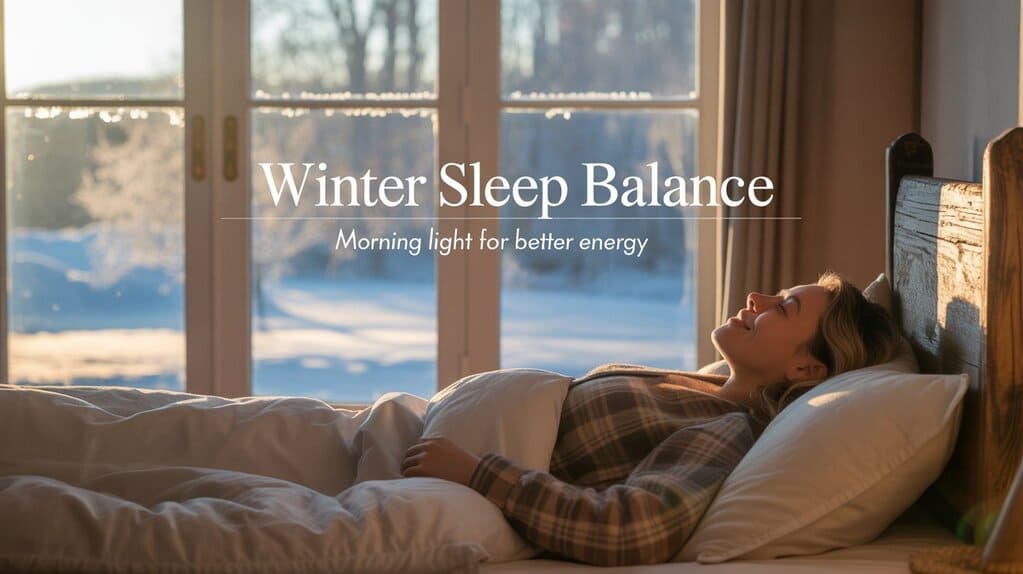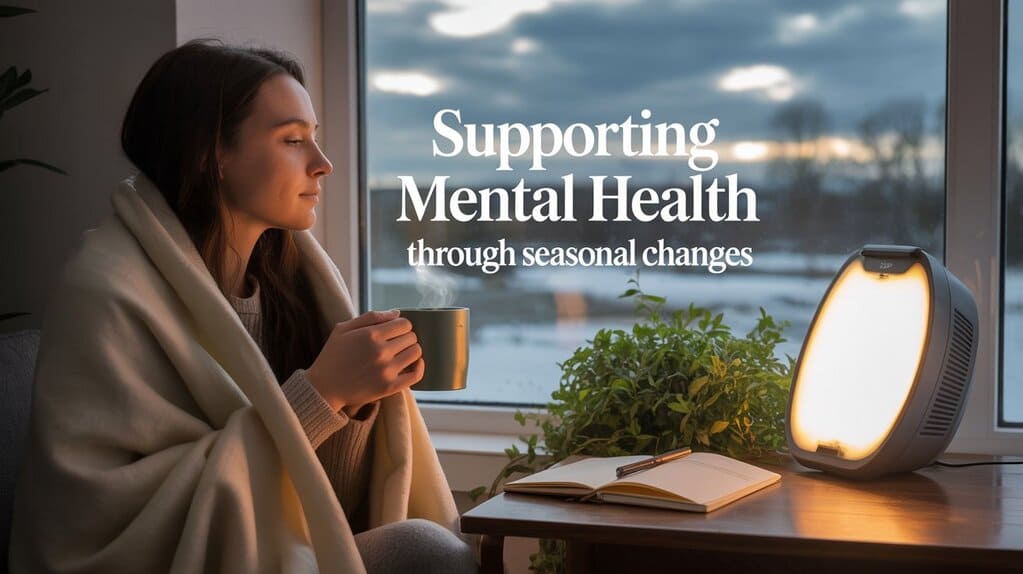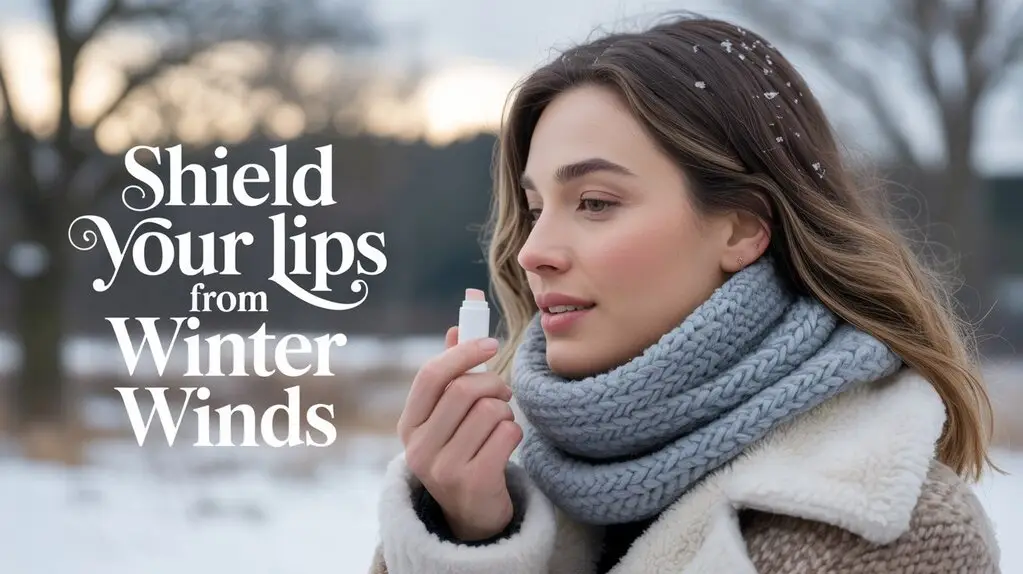
Introduction
Hot weather, outdoor activities, travel, and changes in food handling make summer a peak season for several communicable and environmental illnesses. Understanding the most common summer diseases, how they spread, and the evidence-based steps to treat and prevent them can keep you, your family, and your readers safe through the warm months. This guide brings together public-health recommendations from trusted organizations (WHO, CDC, ECDC), peer-reviewed studies, and standard clinical references—presented in an SEO-friendly structure with clear key points, bolded keywords, and a practical table you can embed in a blog post.
Key Points
- Heat-related illness ranges from heat cramps and heat exhaustion to life-threatening heat stroke—all preventable with hydration, shade, and acclimatization. CDC+1
- Vector-borne infections such as dengue and West Nile virus rise with summer mosquito activity; repellents, clothing barriers, and removing standing water are core defenses. Organisation mondiale de la santéECDC+1
- Foodborne illnesses (e.g., Salmonella, Campylobacter) increase in hot weather; keep foods out of the “danger zone” (4–60 °C / 40–140 °F) and follow clean, separate, cook, chill. CDCNature
- UV overexposure causes sunburn, eye damage, and elevates skin-cancer risk; combine shade, clothing, and broad-spectrum sunscreen. Organisation mondiale de la santé+1CDC
- Swimmer’s ear (otitis externa) increases with pool/lake time; keep ears dry, avoid inserting objects, and use prescription ear drops when infected. CDCMayo Clinic

The Big Picture: Why Summer Changes Risk
Summer amplifies exposures: higher ambient temperatures strain thermoregulation, encourage bacterial growth in foods, and expand mosquito habitats. Recreation shifts to water, increasing ear and skin issues, and global travel modifies exposure to tropical pathogens. Public-health surveillance in 2024–2025 confirms seasonal upticks in heat illness, arboviral infections, and foodborne disease, with notable dengue surges in the Americas and ongoing West Nile activity in Europe. Organisation mondiale de la santéECDC+1
Types of Summer Diseases, How They Present, and What To Do
1) Heat-Related Illnesses
Keywords: heat exhaustion, heat stroke, hydration, acclimatization, electrolytes.
- What happens: When heat load exceeds the body’s ability to cool, a spectrum develops—from heat cramps and heat exhaustion (heavy sweating, dizziness, nausea) to heat stroke, defined by core temperature ≥ 40 °C (104 °F) with confusion or collapse—an emergency. Wikipedia+1
- Immediate care: Move to a cool place, remove excess clothing, cool with cold compresses or water on head/neck, and sip cool fluids. Call emergency services for suspected heat stroke. CDC
- Prevention: Hydrate proactively—CDC/NIOSH suggests roughly 1 cup (8 oz) every 15–20 minutes in moderate heat; add electrolytes for prolonged sweating. Acclimatize over several days; schedule activity for cooler hours; use shade and lightweight, light-colored clothing. Avoid excess alcohol/sugary drinks. CDC+1
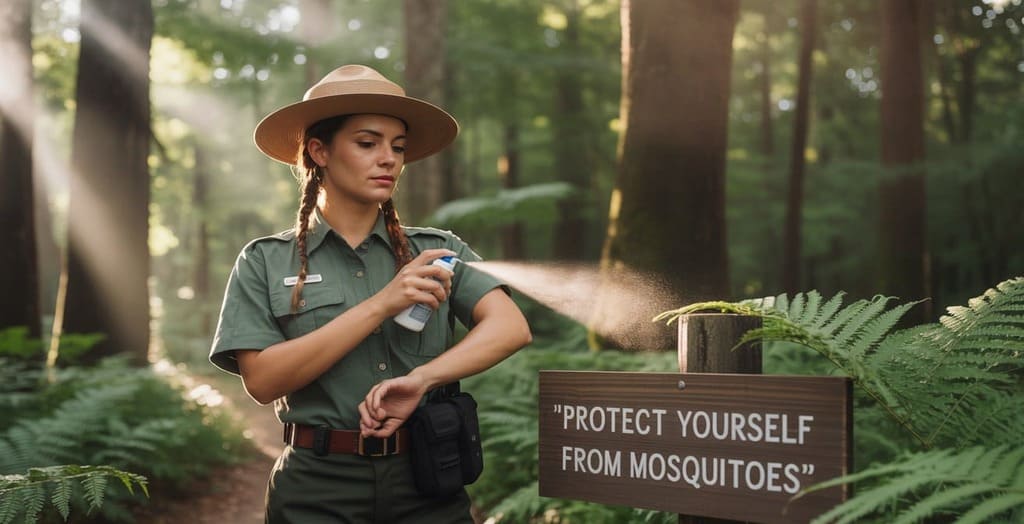
2) Vector-Borne Diseases (Mosquito-Borne)
a) Dengue Fever
Keywords: dengue, Aedes mosquitoes, vector control, repellent.
- Context: Dengue is transmitted by Aedes mosquitoes. After a historic global rise in 2023–2024 (millions of cases), 2025 reports show decreases in some regions but activity remains elevated vs 5-year averages—important for travelers. Organisation mondiale de la santéECDC
- Symptoms: High fever, severe headache, muscle/joint pain (“breakbone”), and rash; severe dengue presents with bleeding and plasma leakage—seek urgent care. Wikipedia’s medical pages reflect standard clinical descriptions and timelines (3–14 days incubation). Wikipedia
- Prevention: Integrated vector management (community measures, eliminating standing water), EPA-registered repellents, long sleeves, and screens. Vaccination policy is evolving and country-specific; WHO positions vaccines as part of a broader strategy, not a stand-alone solution. Organisation mondiale de la santé
b) West Nile Virus (WNV)
Keywords: West Nile virus, Culex mosquitoes, neuroinvasive disease.
- Context: WNV is endemo-epidemic in Europe with summer peaks; most infections are asymptomatic, but a minority develop fever or neuroinvasive disease (encephalitis/meningitis). Recent ECDC/WHO-Europe updates track seasonal cases across several European countries each summer. ECDC+1Organisation mondiale de la santé
- Prevention: Avoid dusk-to-dawn bites (Culex active hours), use repellent, wear long clothing, and maintain screens; local health alerts guide community spraying where appropriate. ECDC

3) Foodborne Illnesses (Food Poisoning)
Keywords: food safety, danger zone (4–60 °C / 40–140 °F), clean-separate-cook-chill, Salmonella.
- Why summer?: Heat accelerates bacterial multiplication; picnics and barbecues increase time food spends in the danger zone. CDC advises keeping perishables below 4 °C (40 °F) or above 60 °C (140 °F), and not leaving food out > 2 hours (or > 1 hour above 32 °C / 90 °F). CDC
- Pathogens & seasonality: Salmonellosis and some other bacterial infections peak in July–August in many temperate regions, per epidemiologic analyses. Nature
- Prevention basics:
- Clean: Wash hands/produce; sanitize surfaces.
- Separate: Avoid cross-contamination (raw meats vs ready-to-eat).
- Cook: Use thermometers; respect safe internal temperatures.
- Chill: Rapid refrigeration; pack coolers with ice or frozen gel packs. CDC
- Reference overview: For definitions and lists of culprits, see Wikipedia: Foodborne illness. Wikipedia
4) UV-Related Skin and Eye Damage
Keywords: UV radiation, sunburn, skin cancer, broad-spectrum SPF, UV Index.
- Risks: The WHO identifies overexposure to UV as the underlying cause of most harmful skin and eye effects, including increased skin-cancer risk. UV damage is largely avoidable with comprehensive protection. Organisation mondiale de la santé
- Prevention that works: Combine shade, UPF clothing/hats, sunglasses, and broad-spectrum sunscreen (UVA/UVB). CDC emphasizes applying a thick layer and reapplying as directed; WHO advises protection whenever UV Index ≥ 3. CDCOrganisation mondiale de la santé

5) Water-Exposure Illnesses: Swimmer’s Ear (Otitis Externa)
Keywords: otitis externa, ear-drying drops, ear plugs, antibiotic ear drops.
- What it is: A bacterial infection of the outer ear canal promoted by trapped moisture after swimming; more common in children but can affect anyone. Typical signs: ear pain with tragus movement, itchiness, discharge. CDC
- Treatment: Health-care evaluation and prescription antibiotic ear drops; avoid inserting cotton swabs or objects in the canal. CDC
- Prevention: Keep ears dry (caps, ear plugs), consider ear-drying drops after swimming (unless you have perforated eardrum or tubes), and avoid swimming where bacterial counts are high. Standard clinical overviews (e.g., Mayo Clinic) mirror these steps. Mayo Clinic
Quick Reference Table: Summer Diseases at a Glance
| Condition | Common Triggers | Hallmark Symptoms | First Aid/Treatment | Prevention |
|---|---|---|---|---|
| Heat exhaustion / heat stroke | High temps, exertion, dehydration | Dizziness, nausea, heavy sweating; in heat stroke: confusion, temp ≥ 40 °C | Cool environment, remove excess clothing, cool compresses/water, hydrate; emergency care for heat stroke | Hydration plan, acclimatization, shade, light clothing, avoid peak heat |
| Dengue | Bites from Aedes mosquitoes | Sudden fever, severe headache, joint/muscle pain, rash | Fluids, acetaminophen (avoid NSAIDs if bleeding risk); urgent care for warning signs | Repellents, long sleeves, eliminate standing water; vaccines per national guidance |
| West Nile virus | Culex mosquito bites (dusk–dawn) | Often asymptomatic; fever, headache; rare neuroinvasive disease | Supportive care; hospitalization if neuro symptoms | Repellents, clothing barriers, screens; community control |
| Foodborne illness | Unsafe temps, cross-contamination, undercooking | GI cramps, diarrhea, vomiting ± fever | Rehydration; seek care if severe, prolonged, or in vulnerable groups | Clean-separate-cook-chill; keep food ≤ 4 °C or ≥ 60 °C; time limits |
| Sunburn / UV damage | Midday sun, high UV Index, inadequate protection | Redness, pain; long-term skin-cancer risk | Cool compresses, moisturizers; severe burns need medical care | Shade, clothing, broad-spectrum SPF, sunglasses |
| Swimmer’s ear | Trapped water in ear canal | Ear pain (with tragus movement), itch, discharge | Antibiotic ear drops; avoid canal trauma | Keep ears dry, ear plugs/caps; ear-drying drops (if appropriate) |
(Details summarized from WHO/CDC/ECDC and standard references. CDC+4CDC+4CDC+4Organisation mondiale de la santé+1ECDC)
Practical, SEO-Friendly Prevention Checklist
Use or adapt these bolded keywords in subheadings to boost search relevance:
- Hydration strategy in heat: carry a bottle, set reminders, aim for regular water intake; add electrolytes for long exertion. CDC
- Sun protection routine: check the UV Index, wear UPF clothing, broad-spectrum sunscreen, and wraparound sunglasses. Reapply sunscreen as directed. Organisation mondiale de la santéCDC
- Mosquito bite prevention: use EPA-registered repellent (e.g., DEET, picaridin), long sleeves, screens; remove standing water weekly. Organisation mondiale de la santé
- Safe summer food handling: follow clean–separate–cook–chill; avoid the danger zone and watch the 2-hour/1-hour rule at picnics. CDC
- Water-related ear care: keep ears dry, avoid inserting cotton swabs, and discuss ear-drying drops with a clinician if you swim frequently. CDC
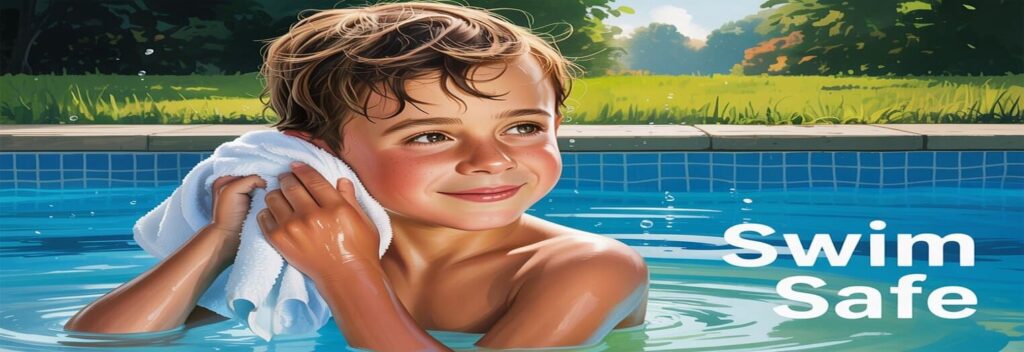
Treatment Do’s and Don’ts (When to Seek Medical Care)
- Heat stroke warning signs (confusion, collapse, very high temperature) require immediate emergency care—cool first, then transport if possible. Do not delay. CDC
- Severe dehydration, persistent vomiting/diarrhea, blood in stool, or high fever with foodborne illness warrant clinical evaluation, especially in infants, older adults, and those with chronic disease. (See overview in Foodborne illness.) Wikipedia
- Dengue warning signs (abdominal pain, persistent vomiting, bleeding, lethargy) need urgent assessment due to risk of severe dengue. Follow local travel clinic guidance. Wikipedia
- Neurologic symptoms after mosquito exposure—severe headache, neck stiffness, confusion—may indicate neuroinvasive WNV; seek emergency care. ECDC
- Ear pain with discharge after swimming usually responds to prescription ear drops; avoid self-irrigation or inserting objects. CDC
Evidence Notes (for Readers Who Want Sources)
- Heat illness spectrum & first aid: CDC/NIOSH pages provide definitions, cooling steps, and hydration guidance for workers and active individuals. CDC+2CDC+2
- Dengue epidemiology & prevention: WHO updates (2024) documented millions of cases globally; 2025 regional reports show elevated activity vs 5-year averages despite declines from 2024 peaks. WHO stresses vaccination as part of a broader approach (vector control and clinical management). Organisation mondiale de la santé+1ECDC
- West Nile in Europe: ECDC factsheets and seasonal surveillance track yearly summer cases across multiple European countries. ECDC+1
- Food safety in hot weather: CDC’s Four Steps to Food Safety outline temperature thresholds and time limits; analyses show summer peaks for salmonellosis. CDCNature
- UV exposure risks and protection: WHO fact sheets and CDC sun-safety pages outline UV harms, the role of UV Index, and combined measures (shade, clothing, sunscreen). Organisation mondiale de la santé+1CDC
- Otitis externa basics: CDC and Mayo Clinic describe pathophysiology (trapped moisture), symptoms, and drop-based treatment. CDCMayo Clinic
- Background encyclopedic context: Wikipedia provides accessible overviews for heat illness, heat stroke, foodborne illness, and otitis externa—useful for general readers but always pair with primary guidelines above. Wikipedia+3Wikipedia+3Wikipedia+3
Conclusion
Summer should be synonymous with vitality, not preventable illness. The same factors that make the season enjoyable—sun, heat, outdoor meals, travel, and water play—also shape specific health risks. Fortunately, the best-supported interventions are straightforward: hydrate and acclimatize in the heat; avoid mosquito bites and stay updated on travel advisories; handle food safely and respect time-temperature rules; protect skin and eyes from UV; and keep ears dry after swimming. If you adopt these habits—and amplify them for vulnerable groups such as children, older adults, and people with chronic disease—you can cut the most common summer health threats to a minimum.
Suggested SEO Subheadings to Use in Your Post
Use these scan-friendly H2/H3 lines with bold keywords to improve discoverability and readability:
- Heat Stroke vs. Heat Exhaustion: Symptoms, First Aid, and Hydration Rules
- Dengue and West Nile Virus: Mosquito Bite Prevention for Travelers and Families
- Food Safety in Summer: Beat the Danger Zone (4–60 °C / 40–140 °F)
- Smart Sun Protection: Broad-Spectrum SPF, UV Index, and UPF Clothing
- Swimmer’s Ear: Keep Ears Dry and Know When to See a Doctor
References
- CDC/NIOSH. Heat-related Illnesses; Workplace Recommendations; Heat and Outdoor Workers. CDC+2CDC+2
- WHO. Dengue and severe dengue (Q&A); Disease Outbreak News on dengue, 2024; Ultraviolet radiation; Protecting against skin cancer. Organisation mondiale de la santé+3Organisation mondiale de la santé+3Organisation mondiale de la santé+3
- ECDC. West Nile virus factsheet; Seasonal surveillance in humans (2025); Dengue worldwide overview (2025). ECDC+2ECDC+2
- CDC. Four Steps to Food Safety; Sun Safety Facts. CDC+1
- Nature/Scientific Data. An analecta of visualizations for foodborne illness trends (Salmonella peaks in summer). Nature
- CDC & Mayo Clinic. Preventing Swimmer’s Ear; Swimmer’s Ear—Symptoms & Causes. CDCMayo Clinic
- Wikipedia (context only): Heat illness; Heat stroke; Foodborne illness; Otitis externa; Dengue fever. Wikipedia+4Wikipedia+4Wikipedia+4

